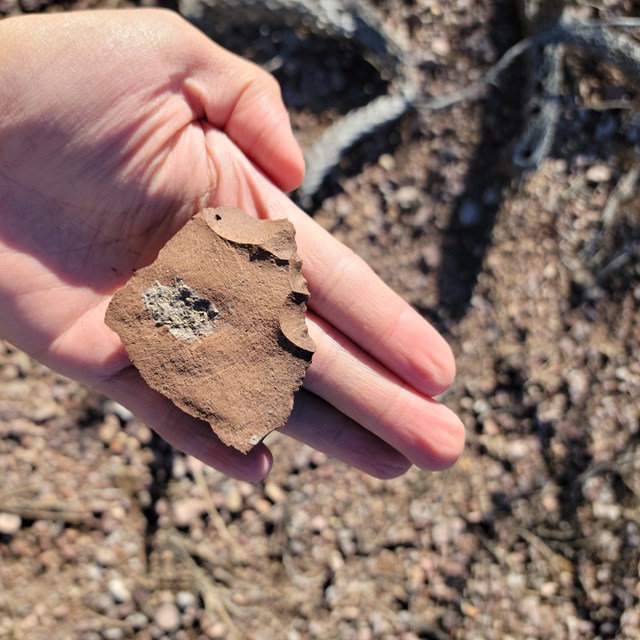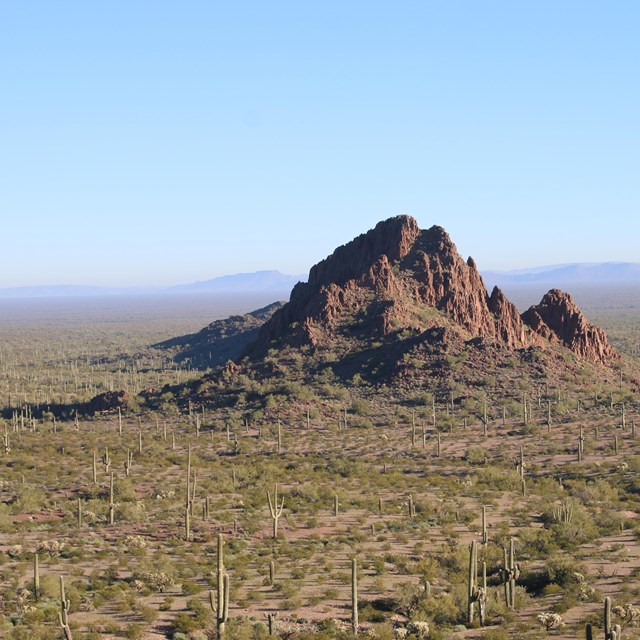
NPS photo From the highest arch to the deepest arroyo, Organ Pipe Cactus National Monument hosts an incredible array of natural features. Though the modern ecosystems in this area are only about 10,000 years young, the underlying Earth has undergone millions of years of shaping. Ancient volcanoes and winding rivers helped form the landscape, and with a change in climate, a diverse bouquet of life flourished. Today, the Sonoran Desert is believed to have the greatest biodiversity of any desert. Geology at Organ Pipe
Great Links to Explore More about Geology!Explore below to learn more about geology in Organ Pipe Cactus National Monument and across the United States. NPS Geodiversity Atlas—Organ Pipe Cactus National MonumentGeodiversity refers to the full variety of natural geologic (rocks, minerals, sediments, fossils, landforms, etc.) and soil resources and processes that occur in the park. Geodiversity Atlas—Sonoran Desert Network IndexThe Sonoran Desert Network Inventory & Monitoring Network consists of 10 park units in central and southern Arizona and one park unit in southwestern New Mexico. Explore their individual geologic history in the Sonoran Desert. Geoscience Concepts - NPS GeologyGeology is the scientific discipline dedicated to understanding the physical features and processes of Earth, as well as the history of the planet and its inhabitants since its origin. A basic understanding of the fundamentals of geology can enhance your appreciation of geoheritage sites and scenic vistas. Learn about rocks and minerals, our geologic timeline, plate techtonics, and more! Geologic History Across Americaexplore the world's most magnificent rock collection—your National Parks. The science of geology will help you to better understand park scenery and Earth systems. The National Park Service uses science-based conservation methods to ensure that geologic features and systems are protected and remain as a legacy for future generations. Natural Features & Ecosystems of Arizona |
Last updated: October 5, 2023



